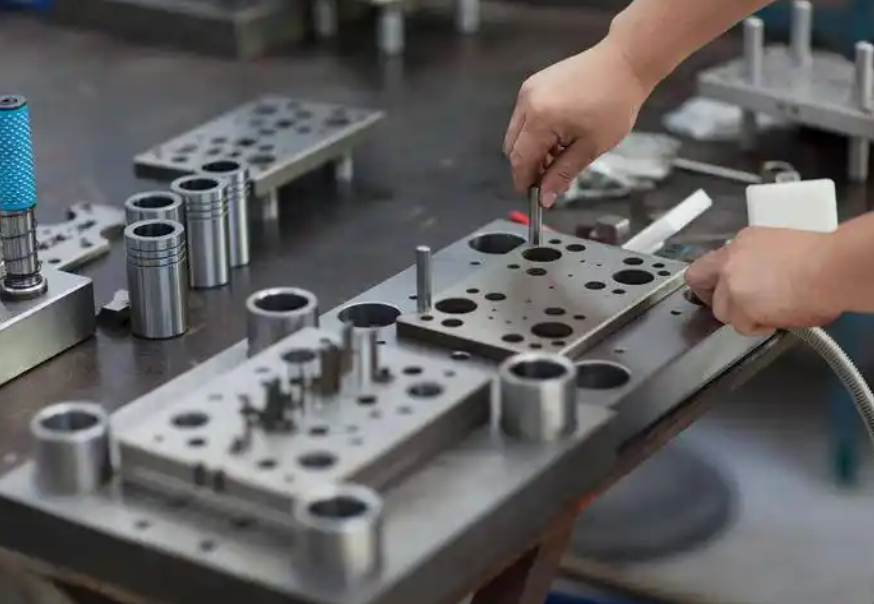Knowledge of pressure regulation during plastic injection molding
Pressure Regulation and Measurement System
Hydraulic Machines
Injection speed control has options such as open - loop (using proportional valves), closed - loop (with closed - loop proportional valves), and closed - loop with speed sensors. Closed - loop control ensures consistent pressure during injection, holding, and for back pressure. Pressure can be monitored in the hydraulic line or at the nozzle/cavity, and adding temperature detection aids process management. Understanding material's pressure tolerance helps predict part weight and dimensions, and adjusting holding pressure can control shrinkage.

Electric Machines
Hydraulic Equipment: Discharge and Pressure Adjustment
Centrifugal pumps in hydraulic systems typically produce 140 bar pressure, suitable for injection. Variable - displacement pumps and accumulators reduce energy consumption during peak discharge. Fixed - displacement pumps' selection depends on oil volume needs. Injection presses use multiple proportional servo valves to control various functions like mold opening/closing speed and pressure, injection, and feeding. The servo valves convert weak electrical signals to hydraulic outputs, and oil temperature in the hydraulic circuit (45 - 55°C) affects discharge. Precise control of servo valves reduces hysteresis.

Injection Nozzle Pressure Measurement
Accurate and repeatable pressure detection is crucial in injection and holding. In open - loop systems (still used, especially in high - tonnage models), and closed - loop systems, proper pressure sensing is needed. Pressure - activated passages are used to limit filling pressure. Measuring pressure at the nozzle (closer to the cavity) is better than in the hydraulic line. Nozzle pressure detection can also control plasticization via back pressure adjustment.
